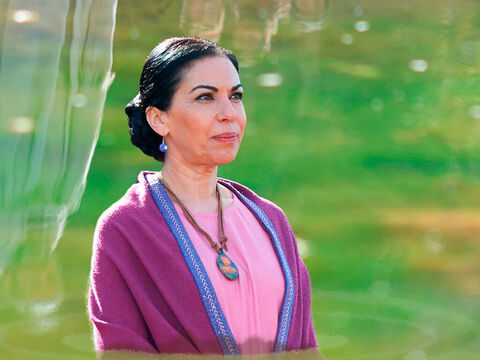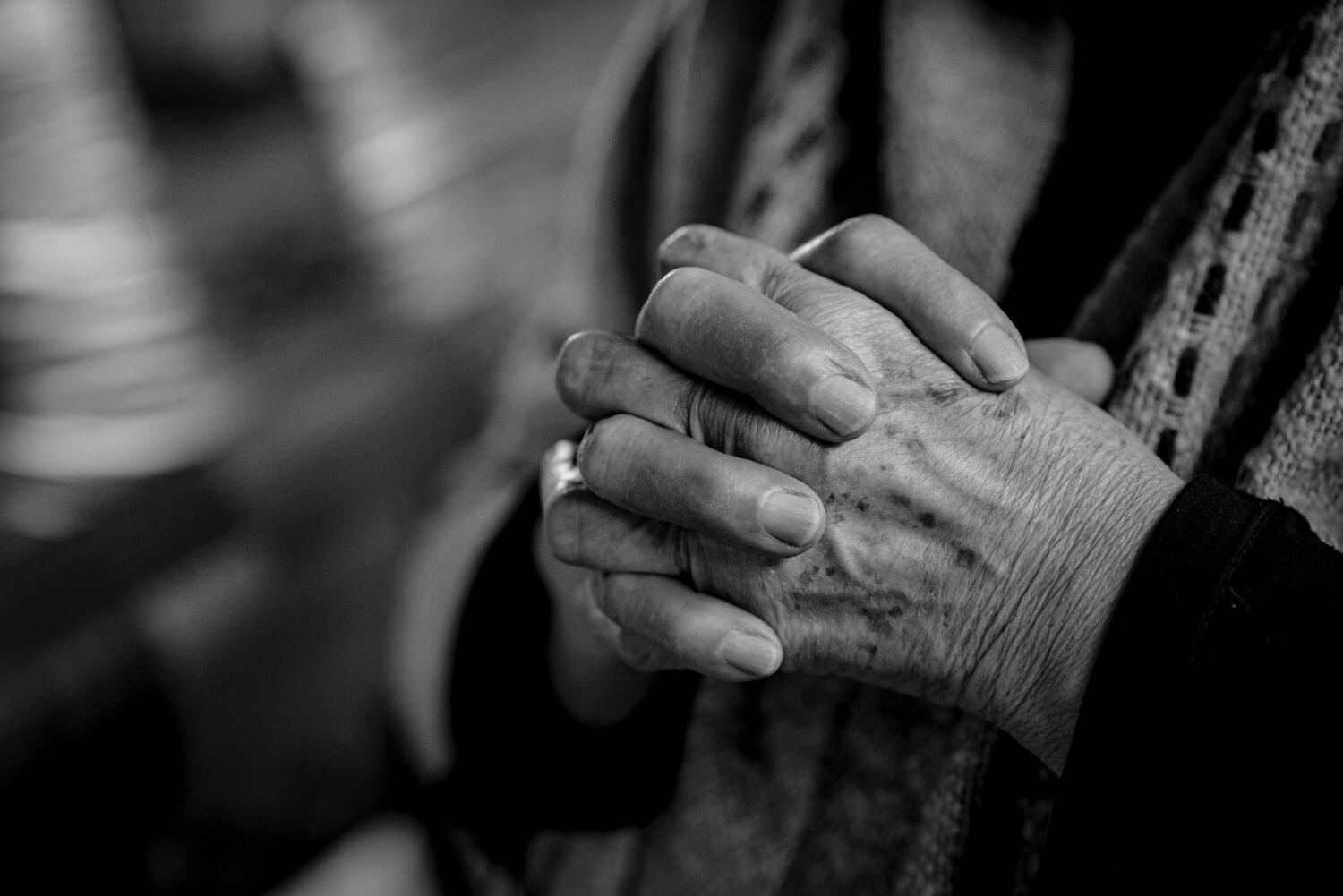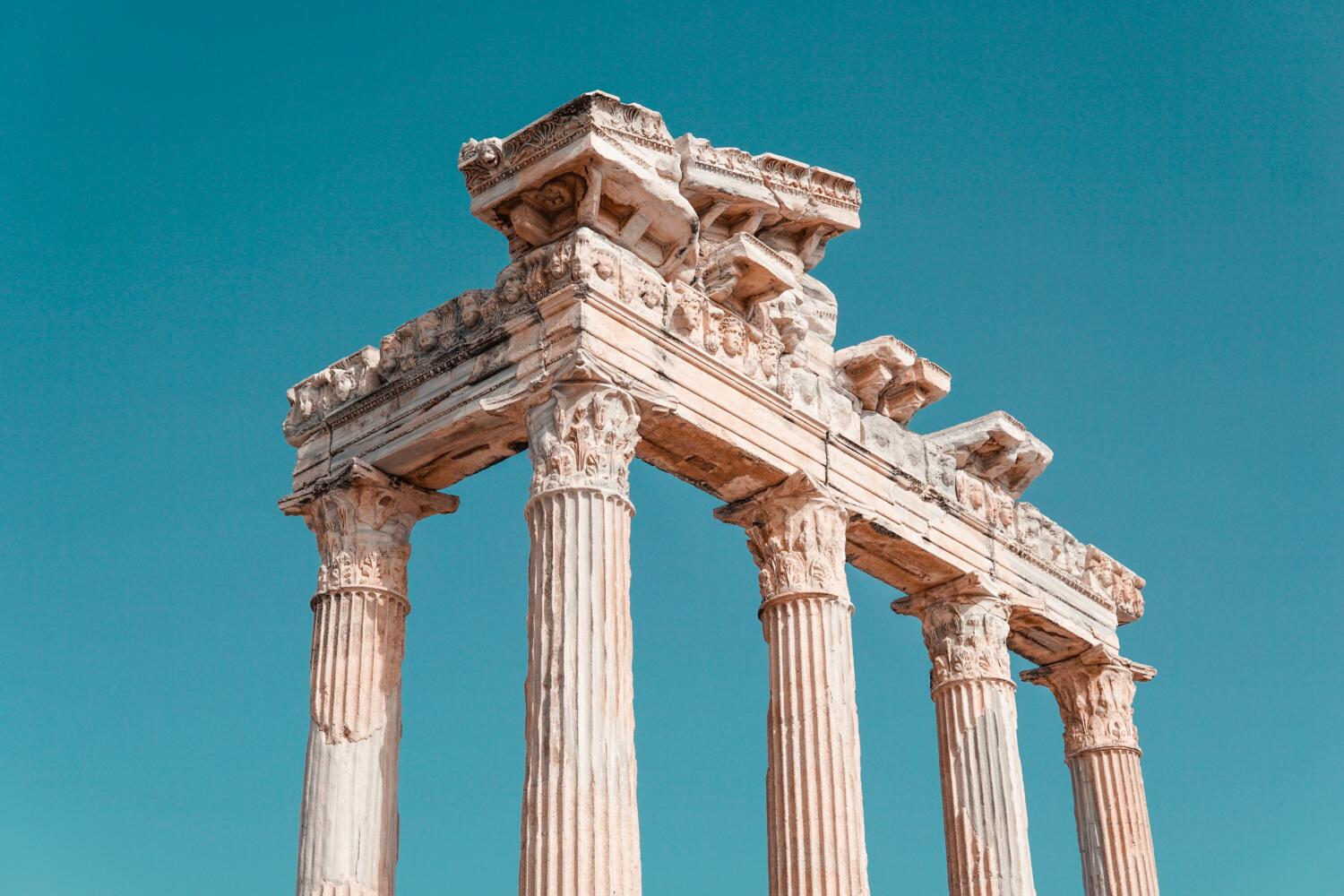Digging Deeper: Lydia – The Purple Seller
Author: Mr. Kenneth Frank | Faculty in Theology, Living Education
Estimated reading time: 8 min.
Did you know that the first European convert in Paul’s ministry was a woman?
Her name was Lydia. She was also the first female convert Luke described in the entirety of his Book of Acts. Lydia was a businesswoman from Thyatira who traveled to Philippi to sell her valued products. This Digging Deeper profiles this exceptional woman who blessed Paul’s ministry.
Through divine direction, Paul was forbidden by the Holy Spirit to travel to Asia Minor and Bithynia in the early 50s AD to preach the gospel (Acts 16:6-12). Instead, he was guided by a vision to travel across the sea from modern Turkey to Greece. There he preached at a river outside the city of Philippi in the Roman province of Macedonia where women gathered for prayer on the Sabbath because there were not enough men making a quorum to establish a Jewish synagogue (Acts 16:13).
Our focus verses for this study are Acts 16:14-15 (KJV throughout) “And a certain woman named Lydia, a seller of purple, of the city of Thyatira, which worshipped God, heard us: whose heart the Lord opened, that she attended unto the things which were spoken of Paul. (15) And when she was baptized, and her household, she besought us, saying, If ye have judged me to be faithful to the Lord, come into my house, and abide there. And she constrained us.”
Lydia and purple dye
Luke reported that she worshipped God. The NIV Study Bible explains her status: “Lydia was a Gentile who, like Cornelius (10:2), believed in the true God and followed the moral teachings of Scripture. She had not, however, become a full convert to Judaism” (Tecarta Bible App). As such people were called then, she was a “God-fearer”—a Gentile who associated with Judaism.
Being “a seller of purple,” she was a merchant of dyed garments. Oriental dyeing was prominent in Paul’s world. Manners and Customs of Bible Lands by Fred H. Wight reports: “The Orientals have some very fine dyes. Their favorite color is a bright crimson, and the dye they use to make this color comes from a worm or grub that feeds on oak and other plants. Indigo is made from the rind of pomegranate. Purple is made from the murex shellfish which can still be found on the beach at the city of Acre” (Bible Analyzer 5.4.1.22).
The NKJ Study Bible describes the painstaking effort to create this dye: “Purple dye had to be gathered drop by drop from a certain shellfish. Because it was so expensive, purple dye was used on garments worn by royalty. As an artisan in purple dyes, Lydia was a wealthy woman who had come to Philippi to practice her trade” (Tecarta Bible App).
Word Pictures in the New Testament by A.T. Robertson associates this color with a modern term: “There was a great demand for this fabric as it was used on the official toga at Rome and in Roman colonies. We still use the term ‘royal purple’” (e-Sword 13.0.0). However, not everyone was authorized to wear this color, as explained by The Expository Notes of Dr. Constable: “During the Roman Period, laws restricted who could wear clothes dyed purple because it was the most precious of all colors. Thus Lydia undoubtedly dealt with an exclusive and affluent clientele” (Ibid.).
Lydia’s home town
Manners and Customs of Bible Lands by Fred H. Wight connects this process to her home city of Thyatira: “She was a merchant who sold the purple dye to tanners, weavers, and others. This business of dyeing with which she was connected, had long been centered in the city of Thyatira. Inscriptions have been discovered that refer to ‘a guild of dyers’ that was located in that vicinity”(Bible Analyzer 5.4.1.22).
The NIV Cultural Backgrounds Study Bible describes her home city: “Thyatira in western Asia Minor was strong in textiles; it was in the region of ancient Lydia, making Lydia a fitting name for this woman. Some scholars believe that 10,000 crushed shellfish were needed to yield a single gram of the costliest purple dye, the sort from Tyre. Some believe that dyers in Thyatira and Macedonia used a less expensive substance (the madder plant, for Thyatira)” (Tecarta Bible App).
Daniel Whedon’s Commentary on the Old and New Testaments narrates the extent of the trade of this product: “The purple traffic in this region was earlier than Homer, and women were the purplers. By the great Roman roads the traffic between Thyatira was, at this time, easy; and inscriptions are still extant describing the trade as it once existed” (e-Sword 13.0.0). Fausset’s Bible Dictionary associates Thyatira with Philippi: “Thyatira being a Macedonian colony had much contact with Philippi, the parent city” (Ibid.).
A responder to the call
Acts 16:14 declares the Lord opened Lydia’s heart. The Holman KJV Study Bible explains this divine-human interaction: “Luke combined both human and divine initiative in the description of Lydia’s response. The Lord opened her heart, but she attended to what Paul said” (Tecarta Bible App).
The Dake Annotated Bible Notes defines the condition for responding to God’s calling: “Some people are honest and yield to the Lord to open their hearts and others refuse all offers of God’s dealings and are hardened” (Bible Analyzer 5.4.1.22). The Pulpit Commentary, edited by H.D.M. Spence and Joseph S. Exell, explains this miraculous opening: “To open (διανοίγειν) is applied as here to the heart (2 Mace. Philippians 1:4); to the eyes (Luke 24:31); to the ears (Mark 7:34-35); to the understanding (Luke 24:45); to the Scriptures (Luke 24:32) …” (e-Sword 13.0.0).
Her baptism in Acts 16:15 was noteworthy for Paul’s ministry, as explained by the Jamieson, Fausset, and Brown Commentary: “The mention of baptism here (for the first time in connection with the labours of Paul, though it was doubtless performed on all his former converts) indicates a special importance in this first European baptism. Here also is the first mention of a Christian household” (e-Sword 13.0.0).
Acts 16:15 details that her household was also baptized. The Holman KJV Study Bible explains: “If the leader of a household converted, perhaps others of the household (children, servants, spouse, etc.) were persuaded to respond in the same way. It is assumed on the basis of Lydia’s response (16:14) and her question to Paul after her baptism that her confession of faith preceded her baptism. This suggests that only those of the household who were mature enough to make their own positive response to the gospel would have been baptized” (Tecarta Bible App).
Her “household” consisted of various adults, as suggested by the NIV Cultural Backgrounds Study Bible: “Who constituted Lydia’s household is uncertain; it could have included servants, freedpersons, or workers. She apparently heads her own household, which could mean that she was widowed, divorced, or a prosperous freedwoman” (Tecarta Bible App).
A courageous hostess
Acts 16:15 describes Lydia’s inviting Paul and his traveling companions to stay in her Philippian home. The NIV Cultural Backgrounds Study Bible provides important cultural background: “Dealers in purple could be persons of means, although Lydia is technically a foreigner in the city. Hospitality was a prized virtue in the ancient Mediterranean world, and Lydia would count it an honor for this ministry team to stay with her. It would not be unusual for Jewish people to provide guests lodging for three weeks if they found the guests trustworthy. Inns were notorious for prostitution and other issues that made them less than ideal for Jewish travelers. Perhaps 10 percent of ancient benefactors were women …” (Tecarta Bible App).
Acts 16:15 notes that Lydia “constrained” Paul and his associates to abide with her. The Cambridge Bible for Schools and Colleges explains this term: “Used only by St Luke in N. T. here and Luke 24:29 of the two disciples at Emmaus. The force used was that of a prayer which would hear no ‘Nay’” (e-Sword 13.0.0).
The Preacher’s Complete Homiletical Commentary, edited by Joseph S. Exell, offers reasons Paul may have been hesitant to accept her offer at first: “Up to this time the four teachers may have supported themselves by their own labours, Paul as a tent maker, Luke as a physician, Silas and Timothy in ways unknown. That Paul was reluctant to accept Lydia’s invitation has been argued from the words, And she constrained us (compare Luke 24:29); and this he may well have been, not because of unwillingness to partake of the hospitality of others (see Romans 16:23), or to receive assistance from them when his circumstances required (Acts 24:23; 28:10; Philippians 4:15), but because he wished to avoid the imputation of being actuated by mercenary motives (Acts 20:34; 2 Corinthians 12:17,19)” (e-Sword 13.0.0).
In the early 50s AD, Lydia hosted the Philippian church’s meetings in her house (Acts 16:40). Paul and his associates had just been imprisoned and released there (Acts 16:16-39). This displays her courage in the face of growing civic opposition. She and other converts formed the nucleus of that church, to whom Paul wrote an entire epistle in the early 60s AD. Fausset’s Bible Dictionary notes: “Lydia may have been also one of ‘those women who laboured with Paul in the gospel’ at Philippi (Philippians 4:3)” (e-Sword 13.0.0). Lydia was a devoted female disciple of Paul’s ministry and a generous member of the early Church of God. Her legacy lives on today in the lives of many Christian women who follow her lead.

Kenneth Frank was born and raised in New Jersey, USA, and attended Ambassador College, graduating in 1973. He served in the Canadian ministry from 1973-1999, after which he returned to the USA to pastor churches in Maryland, Virginia, and North Carolina for 15 years. Having earned a BA degree from Ambassador College he later earned a MA degree from Grand Canyon University before being assigned to the Charlotte office to teach at Living University, now Living Education. Currently, he teaches the Survey of the Bible course to the on-campus students and writes the Digging Deeper column for our online Bible study program. He is married, has four children, and seven grandchildren.









